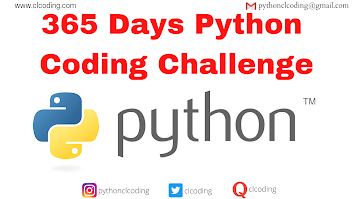AI for Cybersecurity — The Future of Digital Defense
Introduction
In today’s hyperconnected world, cyber threats are evolving faster than ever. Traditional defense mechanisms like firewalls and signature-based detection are no longer enough. This is where Artificial Intelligence (AI) steps in, offering a smarter, adaptive approach to cybersecurity. The AI for Cybersecurity course on Coursera provides an in-depth exploration of how AI and Machine Learning (ML) can be applied to strengthen digital defense systems.
Why AI and Cybersecurity Are a Perfect Match
AI and cybersecurity form a natural partnership. Cyber attackers constantly develop new strategies, making it impossible for static systems to keep up. AI brings dynamic intelligence — learning from data, identifying unusual patterns, and predicting future threats. Machine learning models can detect anomalies in real time, filter malicious emails, and even recognize subtle signs of data breaches that human analysts might miss.
The combination of AI’s predictive capabilities and cybersecurity’s defensive framework creates a proactive shield that evolves with the threat landscape. This synergy is what the course aims to teach — not just how AI works, but how it revolutionizes modern cyber defense.
Course Overview
The AI for Cybersecurity course is designed for learners with a basic understanding of computer science and an interest in how AI reshapes digital security. It spans four modules that balance theoretical knowledge with practical applications. The curriculum introduces AI and ML fundamentals, explores real-world cybersecurity scenarios, and concludes with ethical and regulatory discussions — giving learners a well-rounded understanding of the field.
Module 1 — Introduction to AI and Cybersecurity
The first module lays the foundation by explaining the core concepts of Artificial Intelligence and its various branches, such as supervised and unsupervised learning. It then transitions into the world of cybersecurity — covering the types of cyber threats, attack surfaces, and defense mechanisms. This module helps learners understand how AI fits into the broader landscape of security operations, from intrusion detection to vulnerability management.
Module 2 — AI Techniques for Cybersecurity
This module dives into the technical aspects of applying machine learning in cybersecurity. Learners explore how algorithms like decision trees, random forests, and deep neural networks can detect malware, phishing attempts, and network intrusions. It also introduces Natural Language Processing (NLP) and its use in analyzing threat reports, detecting fake news, and filtering spam emails. This section provides hands-on exposure to training and evaluating AI models for specific security tasks.
Module 3 — Real-World Use Cases
Theory comes to life in the third module, which presents practical applications of AI in cybersecurity. Case studies include identifying malicious web links, detecting domain generation algorithms (DGAs), and combating fake news or clickbait. Learners examine how AI-driven systems extract meaningful patterns from URLs, social media posts, and network traffic to identify and neutralize potential threats before they cause harm.
Module 4 — Ethics, Regulation, and the Future
The final module addresses one of the most critical aspects of modern technology — ethics and regulation. As AI takes on a bigger role in cybersecurity, issues such as data privacy, fairness, accountability, and transparency become vital. The course discusses global regulations like the EU AI Act and cybersecurity resilience frameworks that ensure responsible and ethical AI use. This section helps learners understand not only the technological aspects but also the societal and legal responsibilities tied to AI deployment.
Who Should Take This Course
The course is ideal for IT professionals, cybersecurity analysts, and data scientists who want to deepen their understanding of how AI enhances digital defense systems. It’s also suitable for students and tech enthusiasts with a foundational knowledge of computer science who wish to specialize in one of the fastest-growing technology intersections — AI and cybersecurity.
Skills You’ll Gain
By the end of the course, learners will have developed practical skills in:
-
Anomaly detection and intrusion prevention
-
Machine learning and deep learning applications
-
Natural Language Processing for security
-
Threat and malware classification
-
Ethical and regulatory considerations in AI
These skills can open pathways to advanced roles in cyber defense, threat analysis, and AI-driven security development.
Ethical and Future Implications
As powerful as AI is, it also raises questions about control, transparency, and bias. The course encourages reflection on these issues, highlighting the importance of responsible innovation. Learners are reminded that technology should always serve humanity — ensuring security without compromising ethical integrity or personal privacy.
Join Free: AI for Cybersecurity
Conclusion
AI for Cybersecurity is more than just an online course — it’s a gateway to understanding how intelligent machines are redefining the fight against cybercrime. By blending AI’s analytical strength with cybersecurity’s protective mission, this course empowers learners to think critically and act strategically in the digital age.
Whether you’re a budding security analyst, a data scientist, or an AI enthusiast, this program equips you with the tools and mindset needed to protect tomorrow’s connected world.







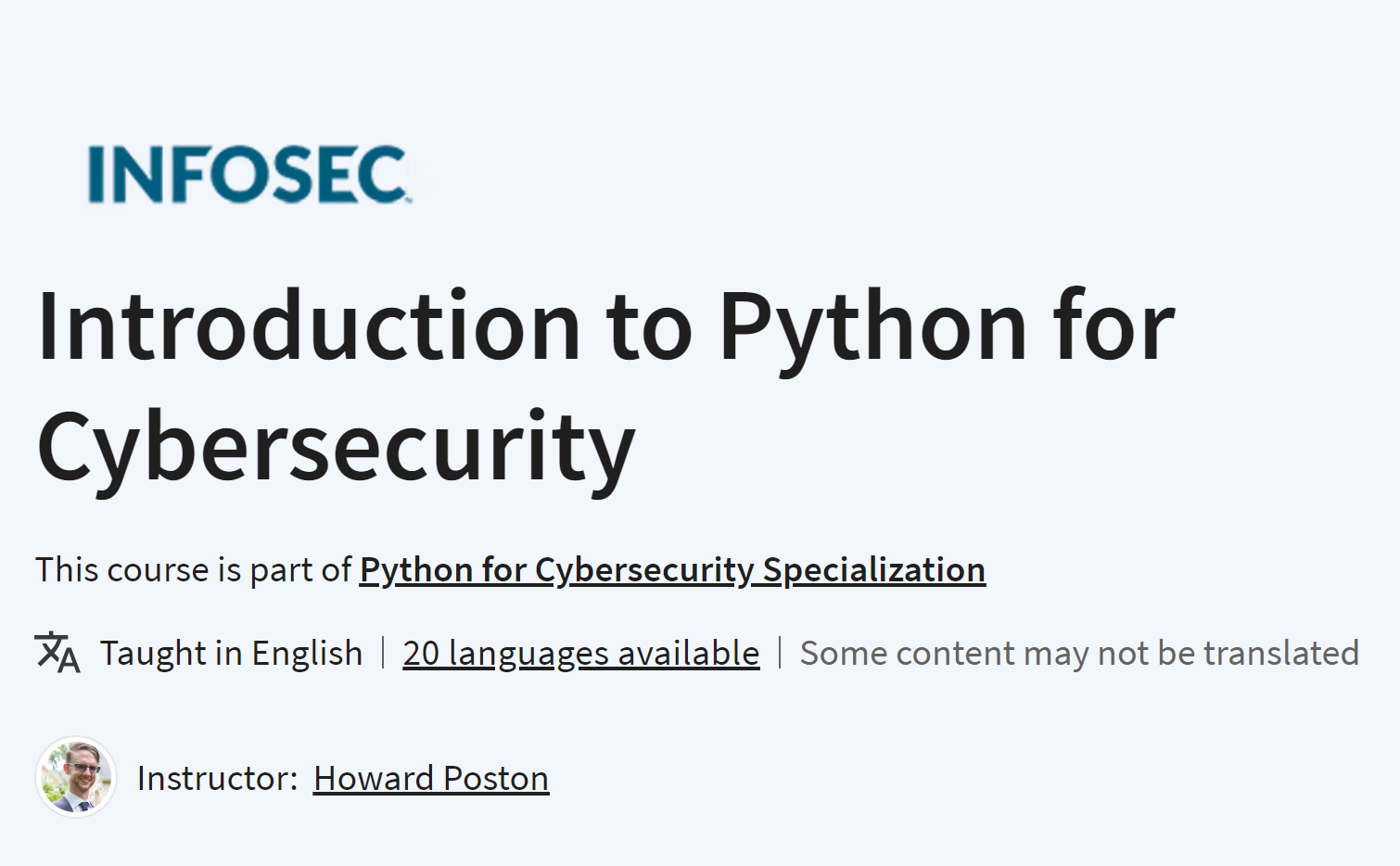



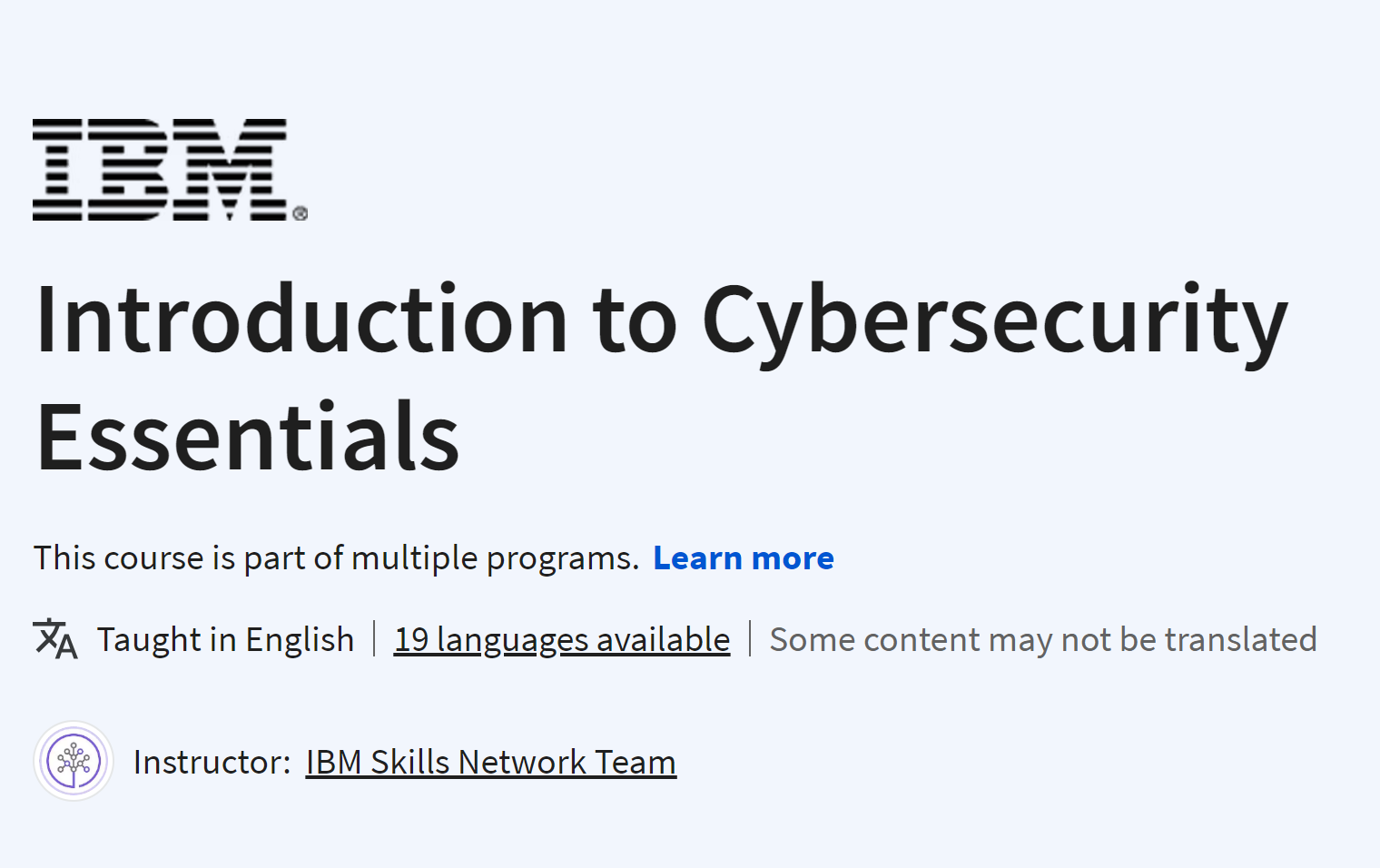
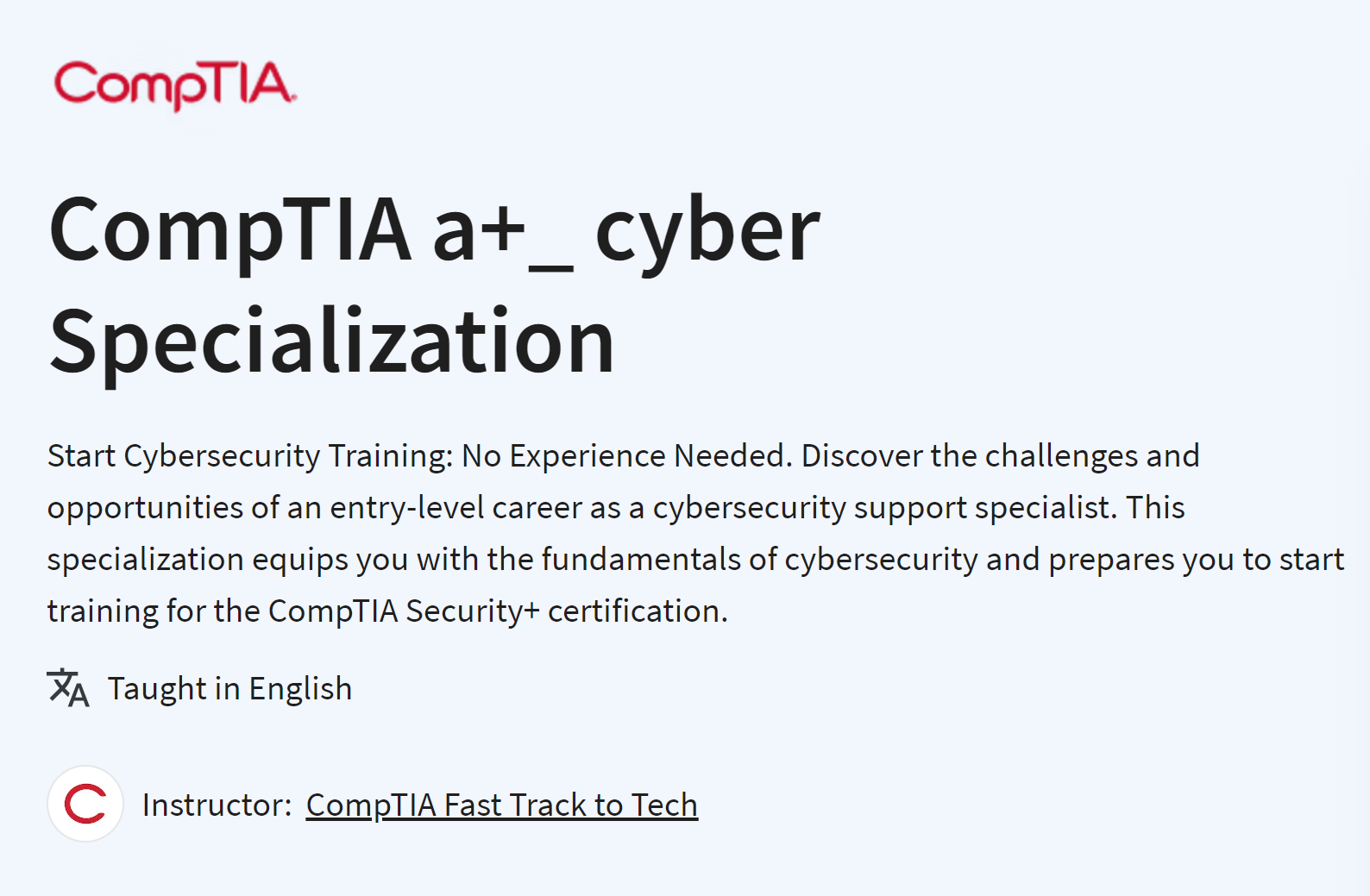


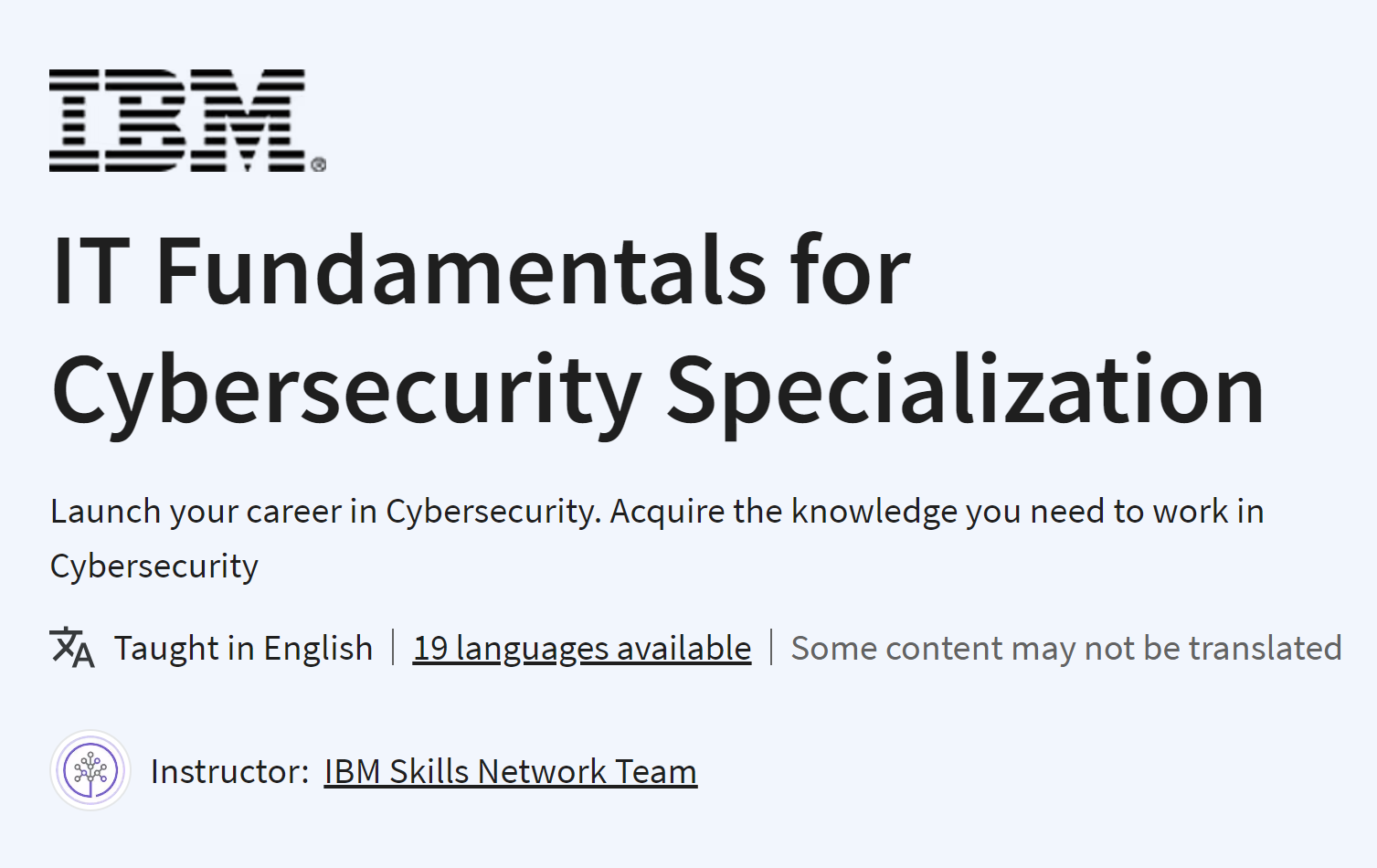













.png)







.png)









